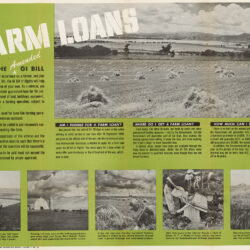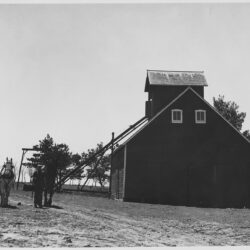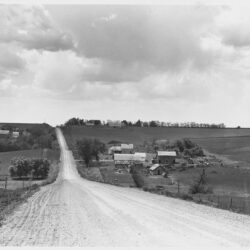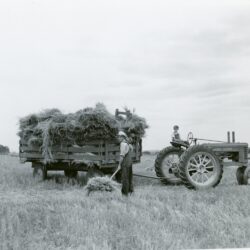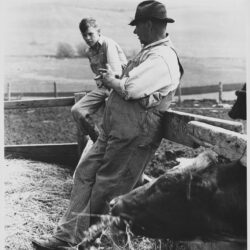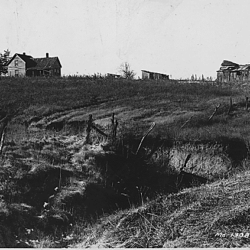Iowa’s Water History
Iowa has faced water quality challenges for the last 75 years, and agriculture and land use are part of that story.
After World War II, horses and oxen were displaced by tractors and combines. As a result, Iowa farmers had less need for pasture and small grains like oats, wheat and barley.
National agriculture policy encouraged farmers to grow more commodities like corn and soybeans. That led to approximately ten million acres of pasture, prairie and small grains being replaced by soybeans and corn. As recently as the 1970s, farmers were encouraged by the federal government to farm ‘fence row to fence row.’
Farmers have responded to government policies and market signals to feed a hungry world with a burgeoning human population. As land use changed in Iowa and more acres shifted into annual row crop production, soil erosion and nutrient runoff increased.
In the most recent Iowa DNR Impaired Water Listing, 700 Iowa rivers, streams, lakes, and reservoirs, were listed as impaired. Agriculture is one of the biggest contributors to nutrients in our state’s water.
This has had a ripple effect on communities and ecosystems. The Gulf of Mexico Hypoxic Zone includes thousands of square miles of ocean without enough oxygen to support aquatic life. It’s caused by algae that thrives on excess nutrients in the water, primarily from agricultural runoff from several states, and is the second largest dead zone in the world.
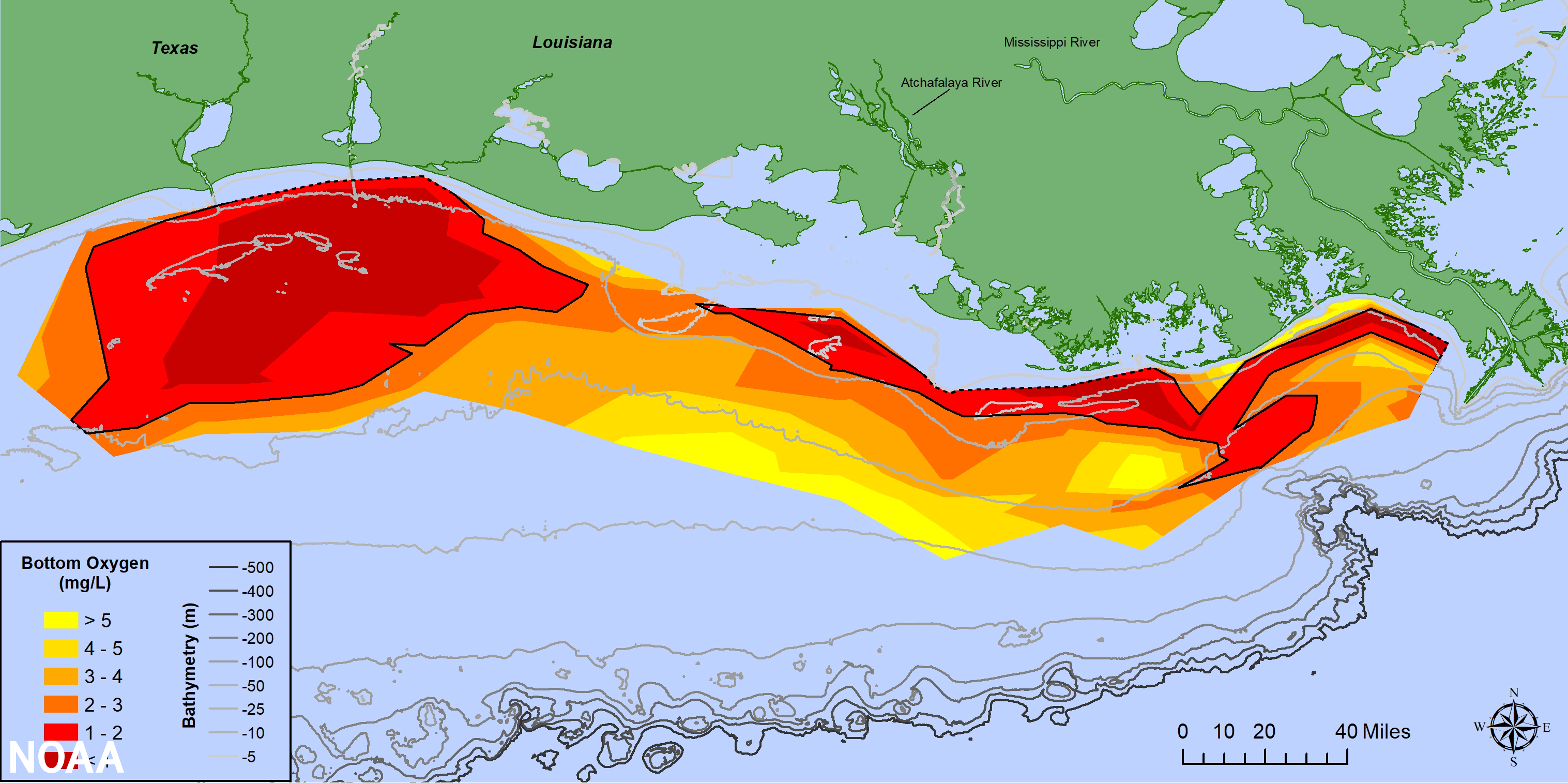
In 2013, The Iowa Nutrient Reduction Strategy (NRS) was released to improve water quality by reducing the nitrogen and phosphorus loads from agricultural fields to Iowa’s waters. The Iowa NRS calls for a 45 percent reduction in nitrogen and phosphorus through many farming practices that prevent erosion and nutrient runoff.
The Iowa Agriculture Water Alliance was formed the following year to help implement the Iowa Nutrient Reduction Strategy and lead the way in improving Iowa’s water quality.

